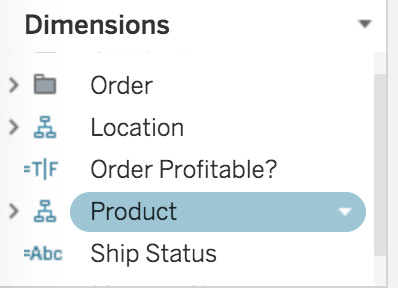The flow of which properties auto-set which others, from http://www.howtocreate.co.uk/tutorials/scrlbar.html we can derive these:
-
scrollbar-base-color vvv
- scrollbar-3dlight-color
- scrollbar-face-color
- scrollbar-highlight-color
- scrollbar-shadow-color
- will also turn scrollbar-darkshadow-color black if it is not already (OS dependent)
-
scrollbar-face-color and scrollbar-highlight-color vvv
- scrollbar-track-color
Unspecified (where it comes from)
- scrollbar-arrow-color



Can we simplify from seven scroll-*-color properties to just two? (roughly equivalent to foreground/background, stroke/fill)
It appears that scrollbar-face-color and scrollbar-base-color are used either directly for or as input in determining the other colors if the other colors are not set.
We should experiment to see if we can satisfy most use-cases with just two scroll-*-color properties.
In addition, real world examples (see Bugzilla 77790) appear to typically use just two colors (but repeat them across the seven properties).
Can we use those examples to help determine just which two properties we need for the 80/20?
(expressed by @upsuper and @smfr)
Update: tracking examples and which properties / unique colors they use here: